Are you struggling to maximize your team’s output? Do you want to help everyone work better together so your company can meet its goals faster and with less friction?
Or maybe you already have a strong team, but you’re looking for ways to take them to the next level.
The fact is, teams that work well together get more done. With low conflict, less time is wasted. And the doors to innovation, problem-solving, and success swing wide open.
Read on to learn what team cohesion is, why it’s important, and how to make your team more united.
What is team cohesion?
Team cohesion reflects how well your team members work together to achieve common goals.
It’s not just a matter of excellent communication skills or a willingness to collaborate. Cohesive teams also have the following:
- A shared purpose and unwavering commitment to achieving goals
- Strong interpersonal relationships with high levels of trust and value in each other
- A shared belief that the needs of the team outweigh those of the individual
- The ability and willingness to brainstorm solutions for resolving conflict
- A notable level of positive energy and enthusiasm
While the results of team cohesion are evident in many places, here are two well-known examples:
- Pixar’s emphasis on team cohesion comes through in their work. When everyone on a project, from the feature director to the technicians, is part of the process and encouraged to contribute, the result is an excellent product.
- Despite the University of Michigan’s head football coach being suspended in 2023, the strength of the team’s trust in each other and shared purpose led them to a National Championship win.
Why is team cohesion important?
Here’s why team cohesion matters:
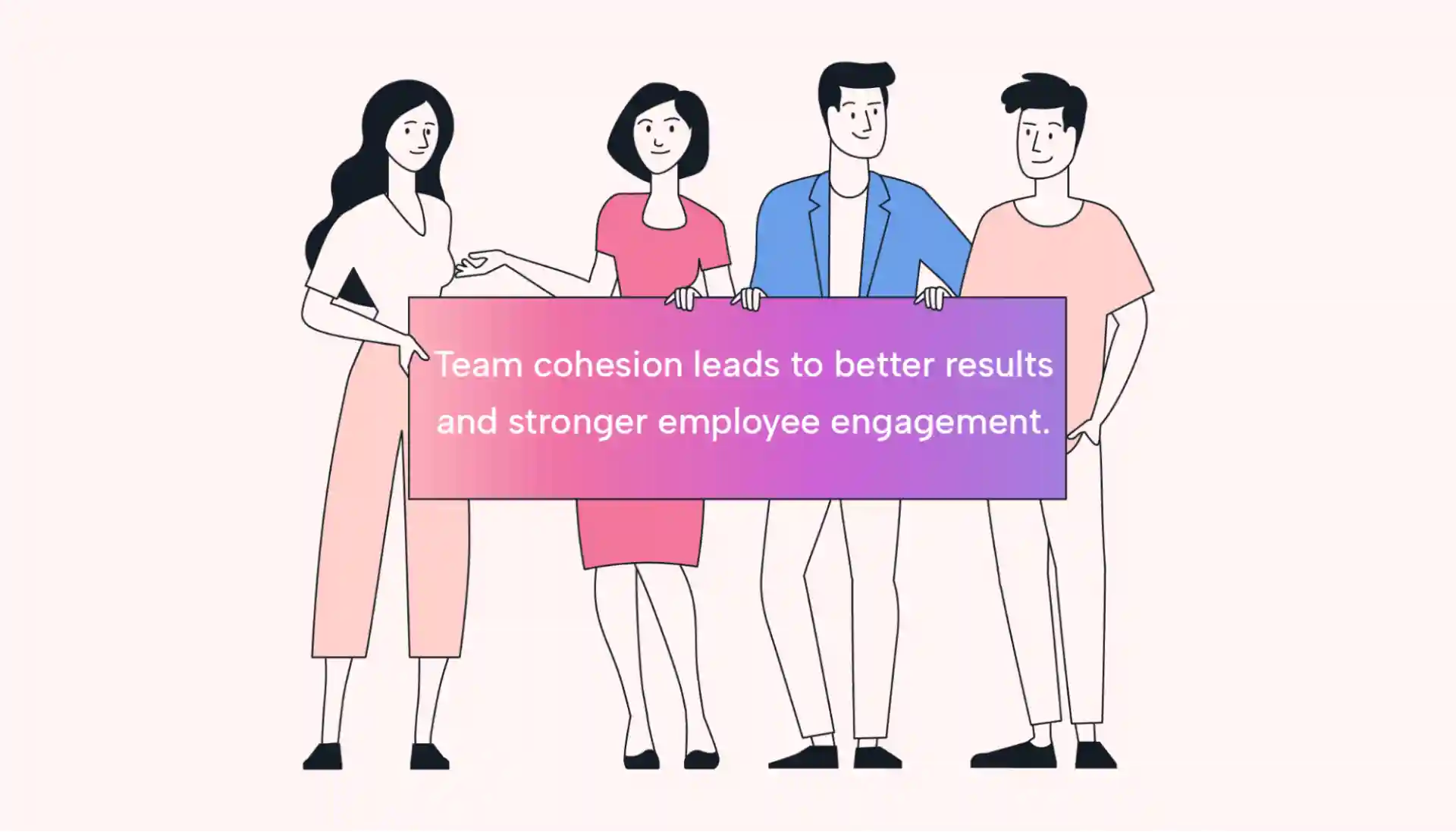 |
Increased team effectiveness
Team cohesion predicts collective efficacy or a shared belief in meeting goals and objectives. This increases the likelihood that team goals will be met on time.
Cohesive teams also demonstrate solid communication, including openness about sharing concerns and willingness to accept feedback.
Productivity, efficiency, and focus all improve when everyone is working in lockstep.
Enhanced employee engagement
Members of cohesive teams show increased job satisfaction, leading to better retention and reduced recruiting, hiring, and onboarding costs.
Team members in positive work environments bring that extra energy and enthusiasm to their jobs. They also work well together because everyone is focused on collaborating for shared outcomes.
But what can you do to increase team cohesion at your company and reap these benefits?
Strategies to boost cohesion in your teams
If you’re ready to bolster team cohesion, here’s what you should do:
Start with your mission
Cohesive teams work with a shared purpose.
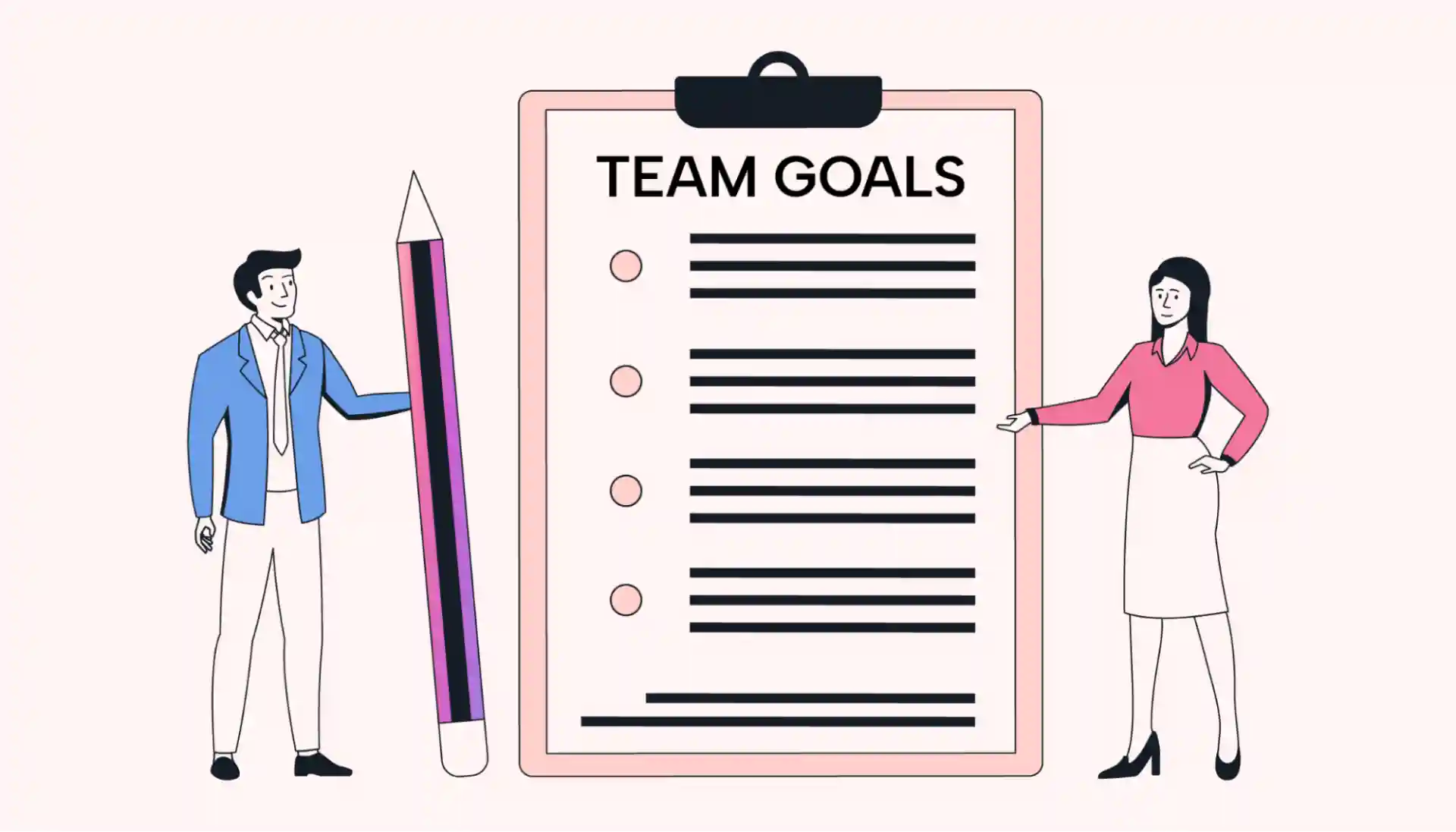 |
Ensure your team members understand your organization’s mission statement and values, and use those as a springboard to develop a team mission statement.
Use your understanding of your organization’s strategic goals to develop your individual team goals. Because strategic goals are typically broad-based and long-term, break down how your team will contribute to them in the short and medium term.
Once you’ve established your mission and strategic goals, identify and assign team roles to each team member. Go with personality-based roles if you’re well-versed in your team’s individual character traits, strengths, and weaknesses. Opt for function-based roles if you’d prefer to maximize team output through assignment instead.
Clearly communicate the team roles to ensure everyone understands how their contributions will help reach the shared goal.
With individual roles assigned, you’ll be better able to identify any gaps in your team and determine how to resolve them.
Establish clear communication
Open, effective communication is another sign of a cohesive team.
Establish team norms and outline essential team values. Post them in your shared workspaces, and include them on every agenda to keep everyone on the same page.
Creating an open culture where all members’ ideas, suggestions, and concerns are welcome will help you cultivate a foundation of trust.
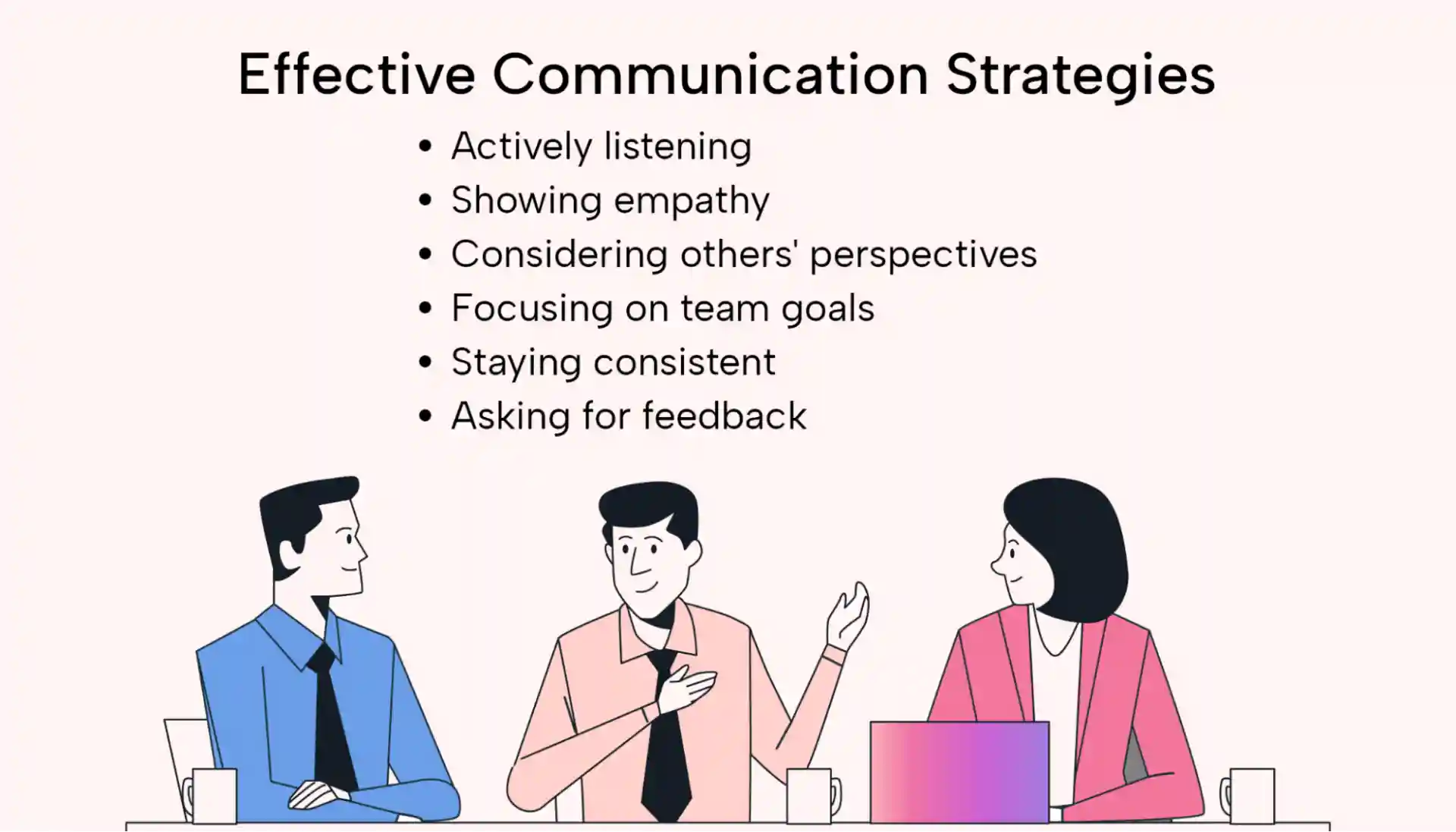 |
Also, model the positive communication behaviors you expect from your team. These should include the following:
- Actively listening
- Showing empathy
- Considering others’ perspectives
- Staying focused on team goals and adjusting objectives as needed
- Using consistent, straightforward language in both spoken and written communication
- Asking for feedback
Look at your communication methods and ensure all team members have access. Use email for formal communications, chat spaces for team members to check in or connect informally, and video conferencing platforms for all-hands meetings.
Additionally, set clear communication expectations and guidelines, including appropriate time frames for check-ins, responses, and follow-through.
You can use Motion’s Project Manager to establish clear communication with your team. Motion generates a prioritized schedule for every team member so it’s clear what tasks each individual should work on and when. You can easily view progress, attach documents, or check in at any stage.
Get to know each other
Another great way to establish team cohesion is to have your teams learn more about each other. Here are some ways you can do this:
1. Start meetings with icebreaker activities. These can range from silly to serious as long as the intention to share information and build connections remains clear.
Example: Ask your team, “If you could take one thing with you to a desert island, what would it be?”
2. Search for similarities among team members. Finding out shared interests and backgrounds goes a long way toward building relationships both in and out of the office.
Example: Post a different-colored balloon in each corner of your shared workspace, and ask your team members what their dream vacation would be. Tell them to go to the red balloon for a city vacation, the blue balloon if they’d head to the beach, the green balloon if they’d choose a forest escape, and the yellow balloon if they’d prefer a cozy staycation. Once in their corners, their “job” is to find someone who’s been to the same place or done the same activity in the past.
3. Invest in a personality test and encourage employees to share their results to find common ground. Many of these tests are free and can be completed during a team meeting.
Personality tests are fun and can offer insights into specific behaviors, outlooks, and attitudes.
Examples: The True Colors personality test assigns you a color based on the primary characteristics of your temperament. The Big Five personality test, on the other hand, lets you see where you fall when it comes to five major traits: openness, conscientiousness, extraversion, agreeableness, and neuroticism.
4. Block out a shared lunch break. Here, the team members can bring their own lunches, you can arrange for catering, or everyone can head out to a nearby restaurant.
Make shared lunches a regular event by reserving specific times on your team members’ shared calendars.
5. Plan a members-only happy hour and offer to buy the first round. To help foster a no-work attitude, bring a buzzer. Tell members to hit it if someone brings up a work issue, and commit to a team goal of no more than five buzzes.
If you’re leading a virtual team, do this online and ask everyone to bring their favorite beverage.
6. Head out into the community. Gauge team members’ interests to find an event they’d enjoy.
Examples: Try an escape room, paint night, wine tasting, bowling, or baseball game.
Build trust
If you emphasize a culture of open communication in your team, then you’ve already taken the first steps toward establishing trust. Here are some other ways to enhance it:
- Lead by example. Commit to collaborative problem-solving and address concerns and questions immediately.
- Practice conflict resolution strategies before they’re needed and support your members when issues arise. Adopt a no-tolerance policy regarding personal attacks, gossiping, or gaslighting.
- Use task conflicts to your advantage. Participating in healthy conflict resolution leads to better relationships.
- Check-in with your team members early and often. Provide opportunities for them to provide feedback in shared channels and during 1:1 meet-ups.
Team-building and trust-building occurs within office roles and responsibilities, too.
Encourage your team to take on additional roles or responsibilities and delegate tasks to build their confidence. Empower them to solve problems independently, if possible, but be ready to assist if needed. Provide training and opportunities for professional development, too.
Above all, refrain from micromanaging. Trust your team to get it done. When you trust, the odds are high that they will.
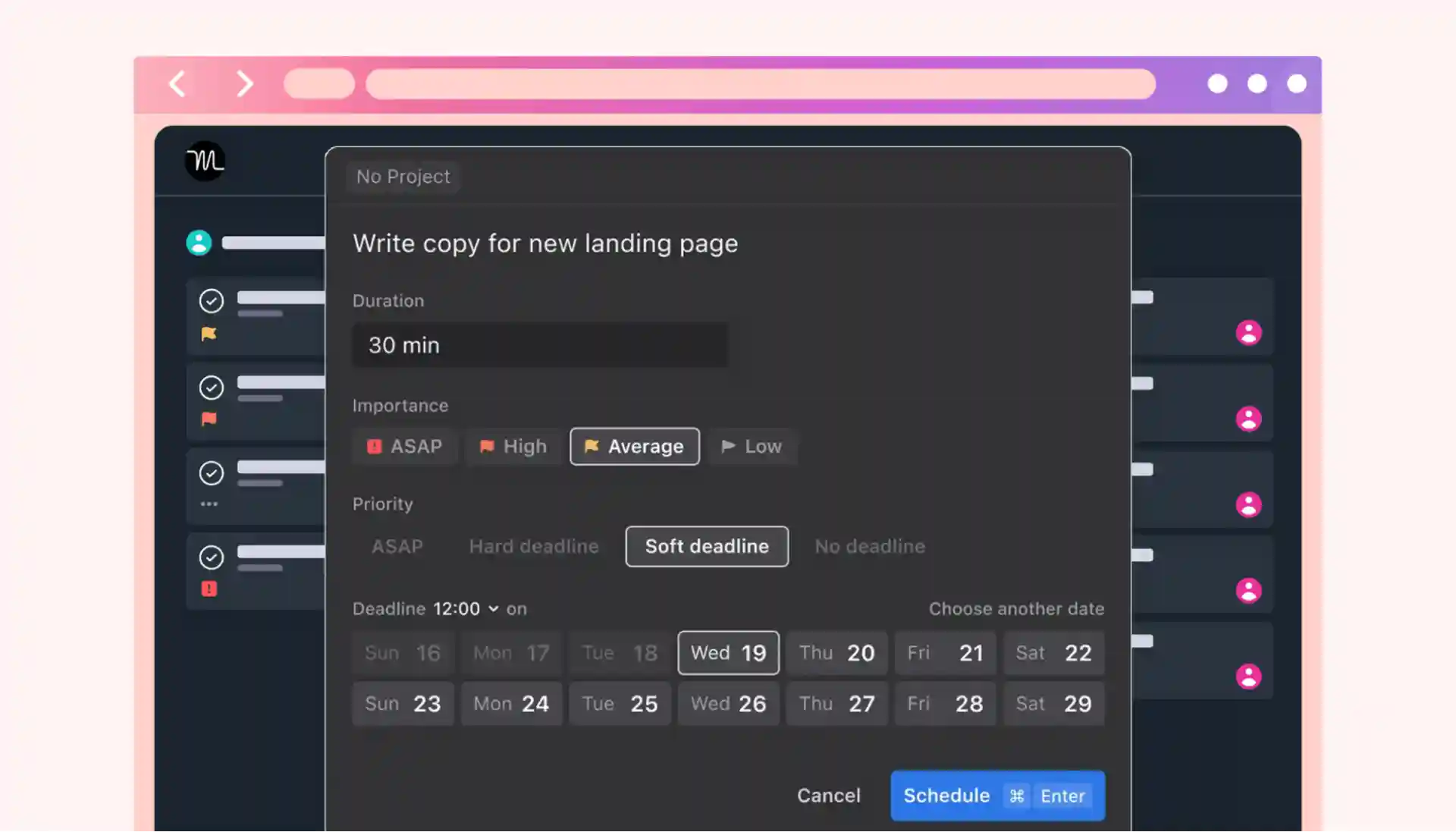 |
Motion’s Task Manager empowers employees by organizing and prioritizing their action items. Your team simply inputs their tasks, and the platform sorts them around meetings, focused block times, and other to-dos.
Recognize and celebrate group wins
Don’t underestimate the power of employee recognition. While a simple “thank you” often goes a long way, investigate other ways to recognize employees.
Give a shout out to individual accomplishments, and recognize when the team has hit a critical deadline.
Sometimes, recognition is best delivered privately. Send your team member a quick email, or tuck a handwritten thank you note under their keyboard.
Other times, you’ll want to make recognition public. Create a kudos board in your shared chat spaces, and use it regularly. Take time before meetings to acknowledge team progress and recognize individual contributions.
Ensure each recognition is specific, too. A generic “thank you” to everyone won’t cut it. Tell your employees exactly what they did and why it matters.
Offering the right type of recognition also matters. Four in 10 employees show higher engagement when their manager gives them the right kind and amount of recognition for their work.
Don’t wait until a project is completed to celebrate wins, either. Note team members’ achievements along the way.
 |
Consider how your company can reward achievements and recognize success. For instance, you could offer the following:
- Promotions
- Raises
- Bonuses
- Extra PTO
- Stock options
- Gift cards
- Catered lunches or sponsored dinners
You’ve got the idea. Find out what your organization can offer and what matters to your team members, and go from there.
Don’t stop there
Implementing strategies to build cohesive teams isn’t a one-and-done proposition. You need to evaluate your team regularly and make adjustments as needed.
Remember the individual team roles you assigned early on? Use them to monitor your team’s dynamics. How can you leverage individual strengths to benefit the team as a whole? Which roles may need to be adjusted based on feedback and performance?
Roles and responsibilities may also adjust as new members join and current members leave to take on other assignments. How can you make these transitions as smooth as possible? How will you adapt your team based on new members’ strengths?
You’ll also want to consider how you’ll wrap up a team when a project reaches its conclusion. Remember to celebrate and give the team time to experience closure before moving on.
Make it a point to elicit feedback consistently. Use surveys, 1:1 check-ins, or anonymous suggestion boxes to encourage team members to share their thoughts and opinions. Let the team know how you’ll address their feedback, and do so consistently and transparently.
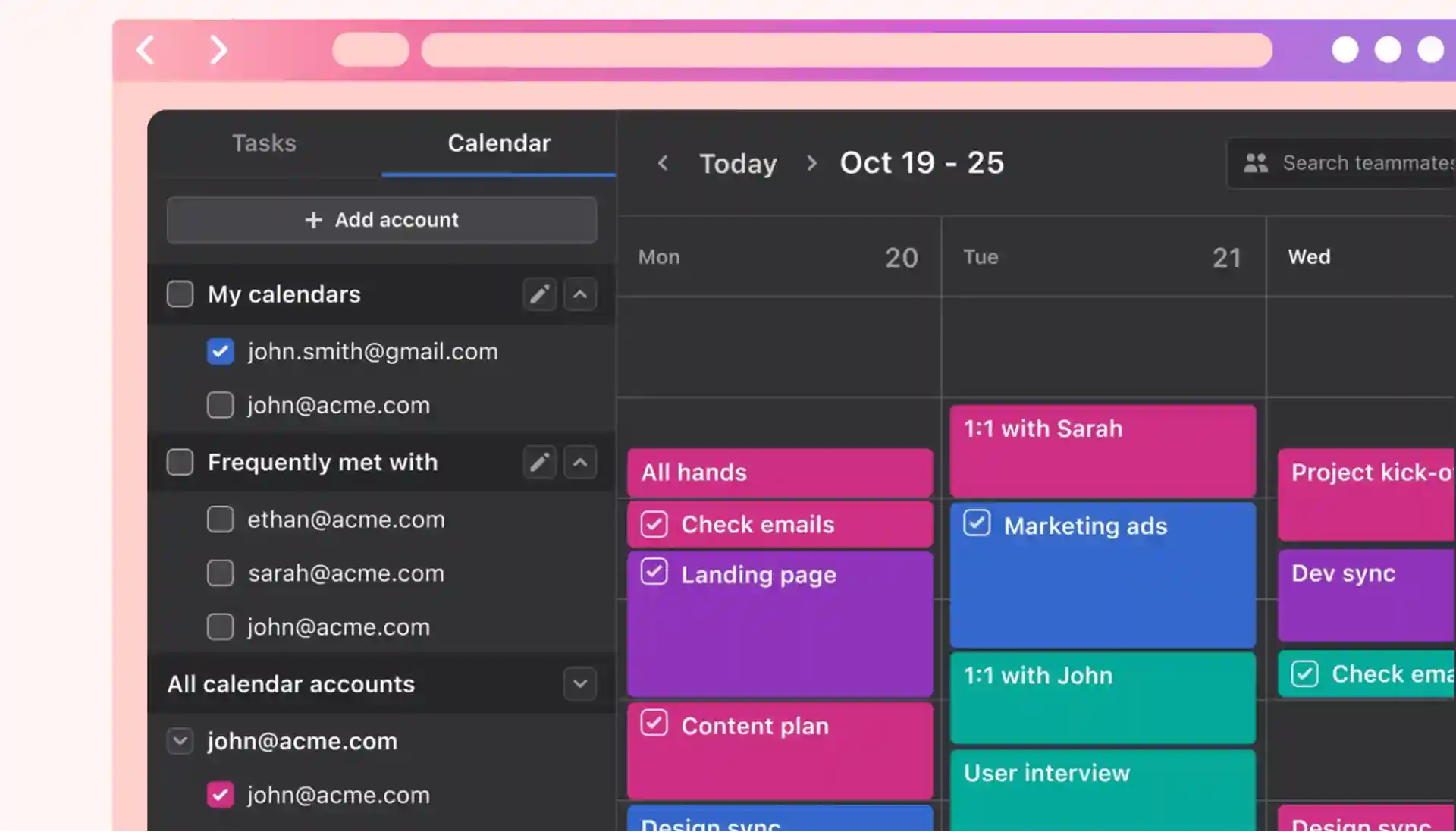 |
Motion’s Intelligent Calendar is an easy way to keep your teams on track. Motion prioritizes your meetings, action items, and personal to-dos in a customized daily schedule. It even protects your focused work blocks and alerts you if you have too much on your plate.
What is an example of a cohesive team?
Cohesive teams demonstrate a “we-first” attitude. They develop strong interpersonal relationships and understand how each other’s strengths contribute to the group effort.
Also, cohesive teams don’t find fault or assign blame when something goes wrong. If an issue arises, they quickly address it and work together to find a solution.
Cohesive teams also demonstrate strong communication, collaboration, and a willingness to stay aligned with the project at hand.
Sparkmate found it was easy to do this with Motion. Co-founder Morgan Pelissier reports that the Motion platform has made his team more focused and efficient. He says,
“The fact that it’s bundled inside the calendar is very good. You have one place where you can get everything and that’s it.”
Unite your teams with Motion
Team cohesion leads to effective processes and positive employee engagement. These things, in turn, lead to a better bottom line for your business.
Start by bringing your team together with your shared vision and goals. Establish clear communication and cultivate an environment based on trust.
Finally, bring in Motion to support you. Motion’s Project Manager builds every team member a custom, prioritized schedule. You can also take notes, attach documents, and leave comments as you go along to ensure everyone stays on the same page.
Don’t wait to streamline your processes and connect your team. Get started with Motion’s 7-day free trial today.

Jodi Monroe is a content writer and blogger in the SaaS space. When not at her laptop, she’s planning her next travel adventure.




